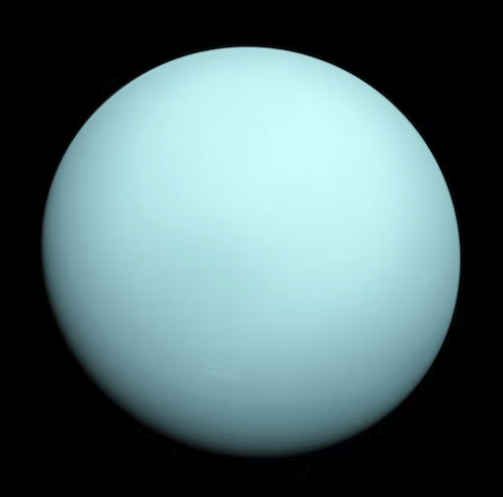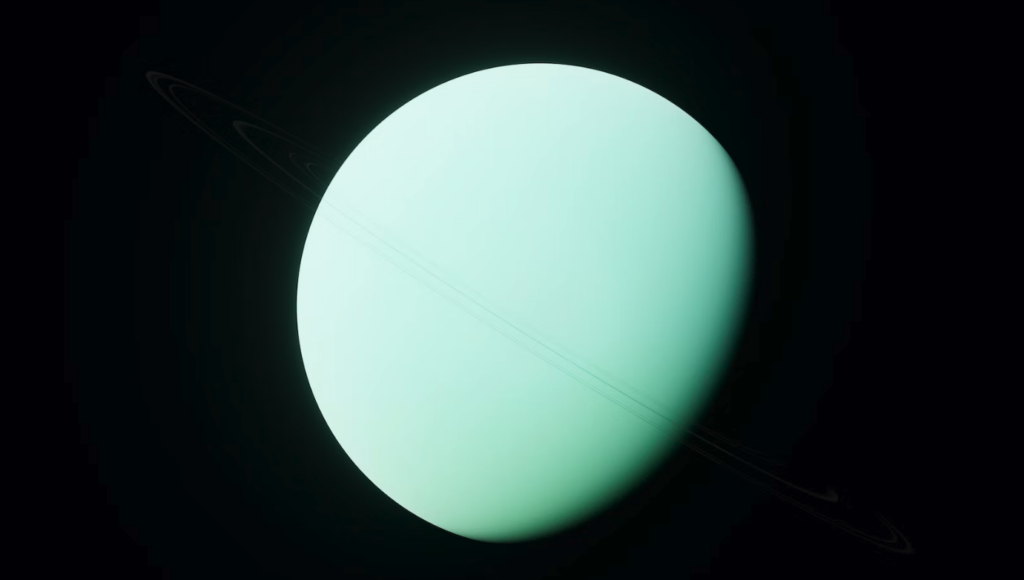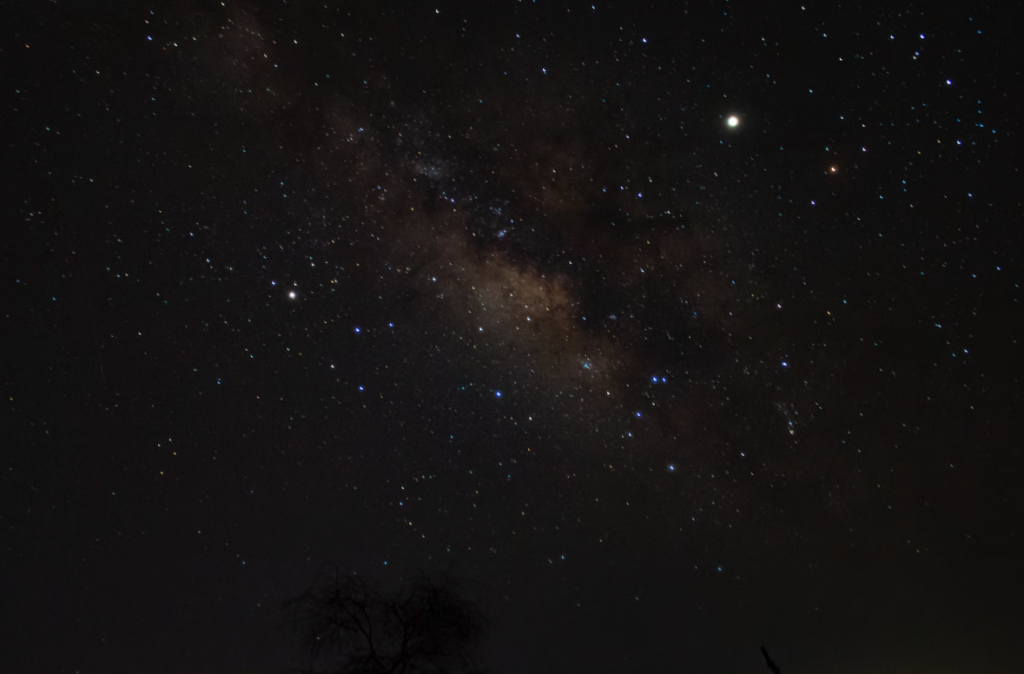What is the Coldest Planet?
The general perception is that planets get most of their heat from the sun, so you’d guess that Neptune, the planet furthest from the sun, would be the coldest planet. However there are other factors that need to be considered when answering the question what is the coldest planet? Actually, Uranus is the coldest planet, even though it is about a billion miles closer, then Neptune. NASA reports that Neptune is around minus 353 degrees Fahrenheit versus an average temperature on Uranus of minus 371 degrees Fahrenheit.
Table of Contents

Why is Uranus so cold?
The reason why Uranus is so cold is that it is the victim of a hit-and-run accident. Billions of years ago, something about twice the size of Earth delivered a glancing blow to Uranus. The impact wasn’t strong enough to shatter the planet, blast its atmosphere off, or alter its orbit around the sun. The impact was violent enough to tip the entire planet over and create a lot of debris, mostly composed of ice and rocks, which formed the rings and most of the moons around Uranus.
Some of the debris landed on Uranus and altered its basic characteristics, releasing a significant amount of the planet’s internal heat in the process. This latter effect is why Uranus is colder than Neptune.
The current theory is that a solid proto-planet hit Uranus while the Solar System was forming, and then that proto-planet got slingshot out of the sun’s orbit. Unlike the orderly progression of the planets today, during the early periods of the formation of the Solar System, random chunks of debris and proto-planets were flying wildly all over the place. The Earth’s moon is thought to be a similar proto-planet that, instead of smashing the proto-Earth onto its side, got captured by the Earth’s gravity and formed a moon.
When planets form, gravity pulls rocks, ice, and various other bits of debris together. The power of gravity increases as the mass of the matter increases. If there is enough matter, gravity will crush matter together to such an extreme that a black hole forms. If there is significantly less mass and thus less gravity, a star might form. If there isn’t enough mass to form a star, a gas giant planet will form. If there is even less mass, a solid planet like the Earth forms.
As gravity crushes and compresses the matter together to form the core of the object, it releases a lot of energy in the form of heat, causing the core of the planet to become extremely hot. The temperature of the core is somewhat proportional to its mass; large gas giants have hotter cores than smaller solid planets.
For example, Earth’s core is a balmy 9329 degrees Fahrenheit, versus an average surface temperature of 57 degrees Fahrenheit. Similarly, Neptune, which is about 17 times as massive as the Earth, has a core temperature of 12632 degrees Fahrenheit and an average surface temperature of minus 353 degrees Fahrenheit.
Strangely, Uranus, which is approximately the same size as Neptune, has a core temperature of only around 9000 degrees Fahrenheit. This “low” internal temperature is why Uranus is so cold. It is the only gas giant planet in the Solar System that does not radiate more heat than it receives from the sun. It actually does depend on the sun rather than its internal heat to maintain the temperature of its atmosphere.
Does Uranus’s temperature have any major effects on it?
The massive difference between the very hot core and cool surface temperature on Neptune causes serious weather. Violent winds go raging across the planet. There are clouds that rapidly form, move, and disappear. Strange dark spots appear in the atmosphere, move around, and then dissipate. The temperature difference on Uranus is not as extreme, and thus its weather is generally a lot milder than that of Neptune. For example, the winds on Uranus range between 90 and 350 mph versus 700 to 1200 mph on Neptune.
Uranus has some other interesting properties caused by its violent collision. The fact that it is lying on its side due to its hit-and-run accident causes it to have very strange seasons. All of the other planets have their axis of rotation perpendicular to the solar wind. Uranus has its axis parallel to the solar wind, which means its poles point directly at the sun.
At the equator, each day lasts about 17 hours, but the pole currently facing the sun will receive uninterrupted sunlight for 42 years before the planet moves enough to cause the sun to set on that pole and rise on the other pole. The change in the position of the sun, causing the formerly dark pole to suddenly heat up, triggers short periods of more extreme weather twice a Uranus year (a Uranus year is 84 Earth-years long).

Is there life on Uranus?
While it seems unlikely that there is life as we know it on Uranus itself, due to its extreme coldness, many people wonder if there might be life as we know it on one or more of Uranus’s moons. Uranus has 27 moons. The 13 inner moons and nine irregular moons are small, dark objects that are probably debris from the proto-planet that hit Uranus.
There are also five large moons, which are probably other proto-planets that were captured by Uranus at various times. Four of these five moons show signs of volcano activity and canyon formation, indicating they have hot, active cores. Scientists believe that these four moons may have underground liquid water oceans, which could possibly maintain life as we know it.
The largest moon of Uranus is called Titania. It is about half the mass of Earth’s moon, and it is a solid object. It has a core made out of rock and an icy mantle. It has no atmosphere, and its surface is very cold, so life is unlikely to exist on its surface. However, it has internal oceans, found between the core and the mantle, which are thought to be heated by radioactive elements within the core of Titania.
The oceans are predicted to be a mixture of water and ammonia, which can remain liquid at temperatures much lower than pure water. While we generally think of ammonia as being quite toxic, even on Earth there are species of bacteria that can grow in ammonia solutions and even use ammonia as a source of nitrogen.
Of course, most people don’t get all that excited about the possibility of alien bacteria; they want to see multi-cellular organisms. It’s possible such life might exist on the moons of Uranus. Once reproduction has been established, evolution can come into play, and if there is any advantage to forming multicellular organisms, they will probably form.
It’s rather ironic that the planet with the coldest interior and surface in the Solar System may have moons that are warm enough to support life.

What is the coldest planet?
Uranus is the coldest planet in the Solar System for two reasons. One is that it is quite far away from the heat of the sun. The other is that was hit by a large object billions of years ago that tipped it over and robbed it of its internal heat. Uranus has a relatively cold core and a very cold atmosphere.
